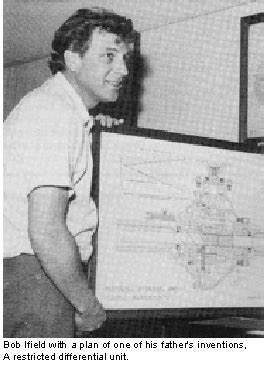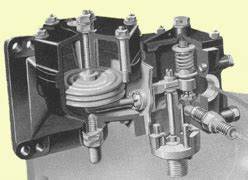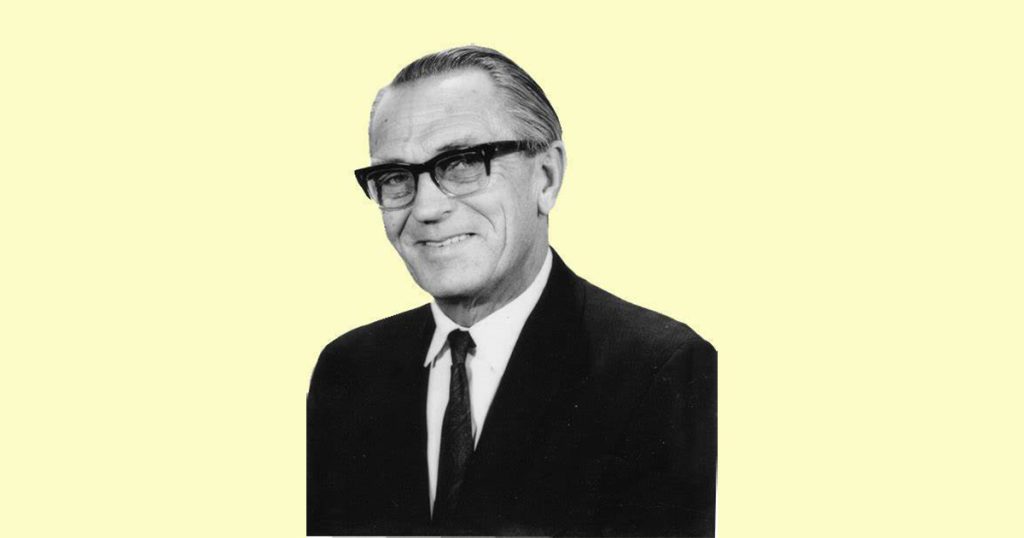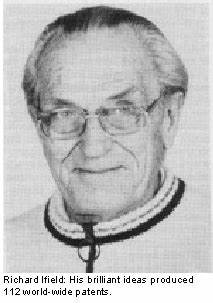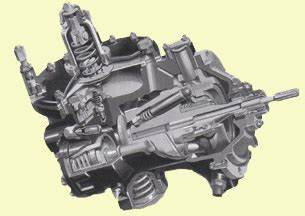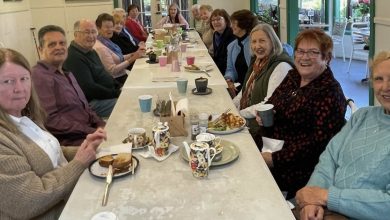The Inattentive Dreamer: Richard (Dick) Ifield
In the previous issue of the “Hills to Hawkesbury” I wrote about FRANK IFIELD, a very popular entertainer who lived in the Hills. Frank Ifield, however, was not the only member of the Ifield family to reach fame.
Frank’s father also reached a level of fame or renown in an entirely different field to son Frank.
Richard (Dick) Ifield was an inventive chap. Forced to leave school at only thirteen years of age due to the family’s financial situation and also being called an inattentive dreamer at school, he went on to become a great inventor and a problem-solver to the world-wide defence and motor industries in the 1930s and the War Years (1939-1945). Born in Campsie NSW, Dick spent much of his early life in Eastwood.
After leaving school he worked as a labourer and at other unskilled work. He must have studied also because, at the age of sixteen, he obtained a draughtsmanship diploma in 1925. He worked for the next seven years gaining knowledge and experience. During those years his first invention was patented, a special hinge for the heavy bronze doors of the Melbourne War Memorial.
He had an interest in motorcycles and developed a foot operated gear change which was superior to those produced overseas. In 1932, he started his own company to produce and market his invention. The company expanded to sell bikes and bike parts. He married during 1933 and sold his business in 1935.
Richard and his wife borrowed some money from relatives and moved to England, where his son, Frank, was born. In England, he came up with a number of ideas, especially with transmission systems for cars. He got the Riley Car Company interested in some of his ideas, and they engaged him from 1935 to March 1938.
His mind kept looking for things that could be more efficient. His wife called him one day and asked if he could look at the toilet. He took the lid off and found that the flushing system could be made more efficient and then invented a new flushing method.
During the war years in England, the British Army took an interest in his designs for tank steering and transmission systems and were interested in hiring him, however they were in competition with the aircraft industry which eventually won out.
Richard continued to work in the British aircraft industry throughout the war. He invented a fuel Injection system for early jet engines which helped Britain greatly in the battle of the skies against the German forces over Britain and Europe. The fuel Injection system was manufactured by Lucas Industries and Richard continued to work for the company for more than thirty years. both in the UK and Australia.
In 1948, Richard decided to return to Australia with his wife and children. They resided at Exeter in the Southern Highlands of NSW for a short period whilst they undertook the purchase of a home at Dural. The home at Dural was to become the site of his family company R. J. Ifield & Sons Pty Ltd and as well as Lucas Laboratories. Lucas in the UK registered the property as part of the worldwide Lucas group although the property was the property of the Ifield family.
The property consisted of 89 acres of virgin bush, streams and pools, a variety of flowering plants, a small factory building which became Richard’s drawing office, machine shop and laboratory. Both the home and the factory on the property were able to be extended as needed.
In 1951 Richard decided to sell the Dural property to Lucas for 4,650 Pounds plus the cost of improvements and bought another home at Beecroft for 8,750 Pounds. The sale of the Dural property was on the proviso that, if Lucas decided to move their operations to another site, they would sell the property back to Richard Ifield at the cost that they had acquired it. Richard later reacquired the Dural property which then served as a home for his six sons as they each married.
Despite having no formal engineering qualifications, he was recognised by the top British and Australian engineering bodies. He was registered as a Chartered Engineer, a fellow of the Royal Aeronautical Society, the Institution of Mechanical Engineers and the Institution of Engineers, Australia. Not bad for someone described as a “inattentive dreamer” who left school before the age of fourteen years.

